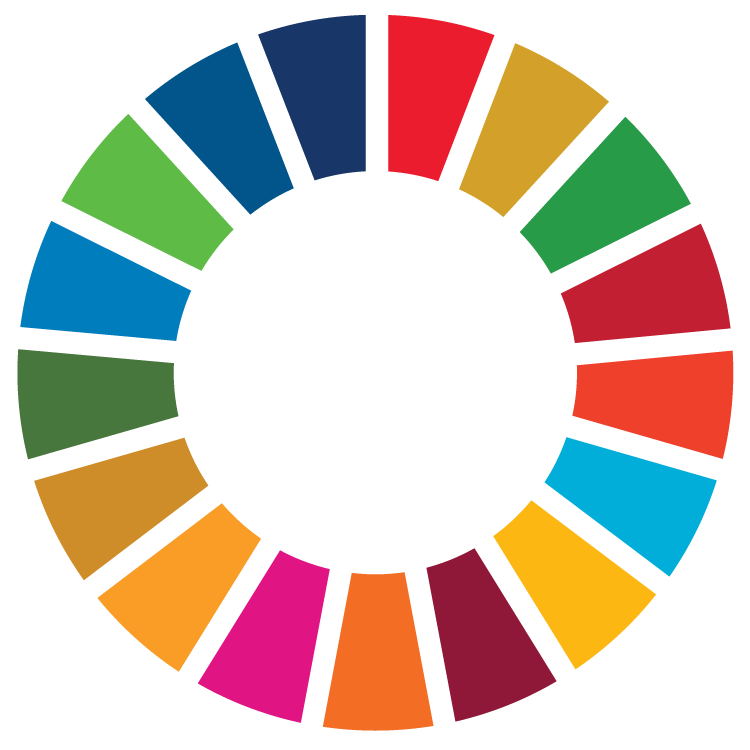This week, delegates from around the world will gather in New York City to discuss what has been called one of the most important environmental accords in recent history: the Agreement on Use of Marine Biological Diversity of Areas Beyond National Jurisdiction (BBNJ Agreement).
The BBNJ Agreement— adopted in 2023— is designed to head off a brewing biodiversity crisis in the high seas. At the meetings in New York, backers are expected to call for dozens of nations to ratify the agreement, which must happen for it to come into force.
“This agreement is a lifeline for the ocean, which underpins all life on Earth,” said Susan Gardner, the Director of the Ecosystems Division at the United Nations Environment Programme (UNEP). “That’s why it’s so important for the world to push ahead with the ratification process.”
Here’s a closer look at the agreement, and why it’s considered pivotal to the future of the ocean.
What are the high seas?
They are the roughly two-thirds of the ocean that lie outside national boundaries. From above, these watery expanses might seem desolate. But they are teeming with life below the surface, from microscopic plankton to bus-sized blue whales. They’re also dotted with potentially lucrative mineral deposits and other natural resources, which countries and companies increasingly seek to exploit.
What is the BBNJ Agreement?
It is an international accord that extends several key environmental protections to the high seas. Adopted by UN Member States two years ago, it is designed to safeguard the plants and animals that inhabit the furthest reaches of the ocean. The agreement was two decades in the making and UN Secretary General Antonio Guterres has called it an “historic achievement.”
Why is the agreement important?
The high seas have become something of a maritime Wild West, where chemical pollution, overfishing and other environmental misdeeds are occurring. This is devastating some undersea ecosystems and creating ripple effects closer to shore. Gardner said unchecked human activity in the high seas is one of the reasons an estimated 10 per cent of marine species are headed toward extinction.
“The ocean contains a constellation of interconnected ecosystems,” she said. “Biodiversity loss in the high seas could prove devastating for the billions of people along the world’s coasts who rely on the ocean for their livelihoods.”
The ocean is the backbone of industries from tourism and biotechnology to clean energy and pharmaceuticals. The trade in ocean goods and services hit a record US$2.2 trillion in 2023.

It creates a legal foundation for conserving and sustainably managing the plants and animals that inhabit the high seas. It will do this in four main ways.
Firstly, it will allow nations to agree on designating parts of the ocean as marine protected areas, which could help limit problematic practices like overfishing.
Secondly, it calls for companies planning large-scale commercial activities, including deep sea mining, to conduct environmental impact assessments before commencing operations.
Thirdly, it requires companies that use the genetic information of marine species to pay into a fund that safeguards the ocean and supports biodiversity conservation.
Finally, it will help countries advance marine research and share conservation strategies.
So, the agreement isn’t about banning fishing?
No. The agreement doesn’t call for fishing bans. It advocates for the responsible management of marine biodiversity. Its goal is to help countries tap into the ocean’s bounty sustainably so that it can continue to provide for humanity for generations to come. The accord’s goals dovetail with the Kunming-Montreal Global Biodiversity Framework, a pioneering 2022 agreement to protect and restore the natural world.
Why is the agreement in the news now?
While United Nations Member States adopted the accord in June 2023, it still needs to be ratified by 60 national governments to come into force. At the end of March, 21 countries had done so.
This week, country delegates from around the world will meet in New York City for the first of a series of preparatory meetings designed to lay the groundwork for the agreement’s implementation. During those talks, there is expected to be a concerted push for more nations to ratify the pact.
Gardner said building momentum for ratification is important given the mounting pressures—including climate change—facing the high seas.
“We don’t have the luxury of waiting,” she said. “We need to act now to ensure our ocean remains vibrant and strong—and capable of supporting life on this planet as it has for eons.”
How is UNEP supporting the agreement?
In partnership with other UN agencies, UNEP supports countries in navigating the ratification process and preparing for the agreement’s implementation. In particular, UNEP is assisting 26 countries as they access funding through the Global Environment Facility related to ratification and early action on implementation. That’s part of a broader UNEP effort to protect, restore and sustainably manage the world’s marine and coastal areas.
UNEP's work is made possible by the Member States that contribute to the Environment Fund, UNEP’s core fund that enables its global body of work. Learn how to support UNEP to invest in people and planet.
The planet is experiencing a dangerous decline in nature. One million species are threatened with extinction, soil health is declining and water sources are drying up. The Kunming-Montreal Global Biodiversity Framework sets out global targets to halt and reverse nature loss by 2030. It was adopted by world leaders in December 2022. To address the drivers of the nature crisis, UNEP is working with partners to take action in landscapes and seascapes, transform our food systems, and close the finance gap for nature.













